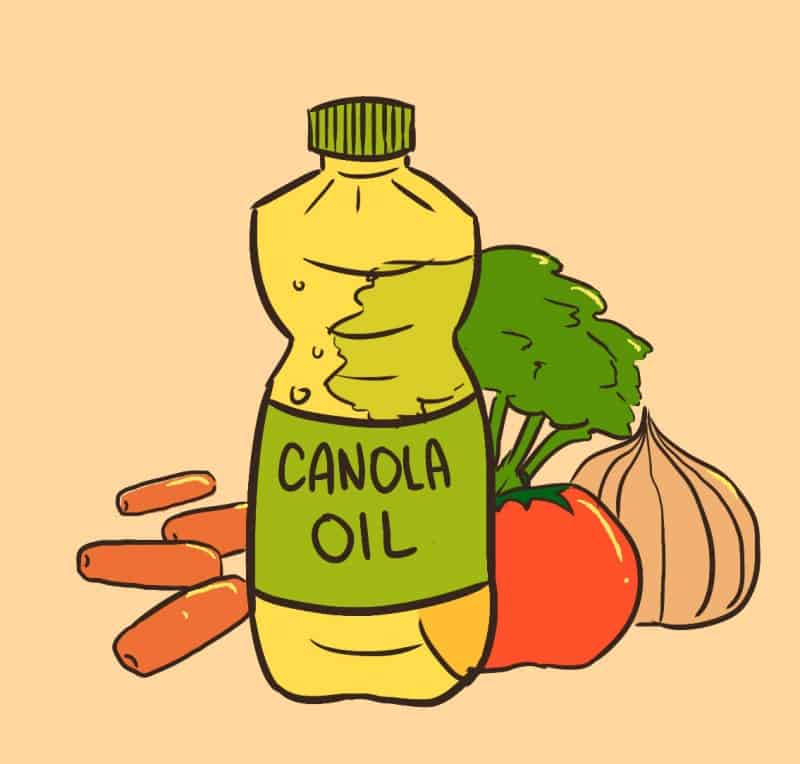A new study published in the journal Diabetes Care has revealed that canola oil, when combined with a diet comprised of low-glycemic-load (low-GL) foods such as legumes, barley, and temperate-climate fruit, effectively lowers blood sugar levels in patients with type 2 diabetes — especially those with high blood pressure.
The study, headed by Dr. David Jenkins, a professor at the Department of Nutritional Sciences in the Department of Medicine at U of T, compared the effects of a canola oil-enriched low-GL diet to a diet rich in whole grains. Previous studies have already demonstrated the potential benefits of canola oil and low-GL foods.
Likewise, low-GL foods, which raise blood sugar slowly and contain few carbohydrates, were found to reduce the risk of diabetes and cardiovascular events. The Canadian and American Diabetes Associations therefore recommend these low-GL foods to type 2 diabetics. The purpose of Jenkins’ study was to assess the possible advantages of combining canola oil and low-GL foods into a single diet for the management of type 2 diabetes — a disease that can cause kidney failure, blindness, and cardiovascular complications.
The study involved 141 participants with type 2 diabetes who were on blood sugar-lowering drugs. Over a three-month period, participants followed either a test diet rich in canola oil and low-GL foods, or a control diet rich in whole-wheat products such as cereals, brown rice, and whole-wheat bread. Participants on the test diet were given 500 kilocalories worth of canola oil-enriched bread everyday, while participants on the control diet were asked to eat 500 kilocalories of whole wheat bread without canola oil. Along with other indicators of cardiovascular risk, levels of glycated hemoglobin, specifically hemoglobin A1c (HbA1c), a measure of blood sugar, were taken before, during, and after the dietary intervention.
Improvements in blood sugar were detected for participants in both test groups. Participants in the canola oil group saw a 0.47 per cent reduction in HbA1c over the course of the study, whereas participants in the control group saw a 0.31 per cent reduction in levels of HbA1c. The results were encouraging, especially considering that the study participants were already taking one or more drugs to lower their blood sugar during the study. Based on the reduction in low-density lipoprotein (LDL) cholesterol seen in the patients, canola oil consumption was predicted to decrease the likelihood of cardiovascular events by seven per cent.
Although it was clear that both diets were beneficial, it was less clear which of the diets is better. The difference in HbA1c for all participants between the two diets was small (-0.16 per cent HbA1c) and not “clinically significant” as defined by the Food and Drug Administration guidelines for diabetes drug development.
Nevertheless, some interesting differences were detected when comparing the two diets. For instance, patients in the test group with high blood pressure, who are at a higher risk for diabetes complications, showed a clinically significant reduction in blood sugar compared to those in the control group. Participates with high blood pressure had an especially high reduction in HbA1c of 0.62 per cent for the canola oil test diet, but only a modest (0.21 per cent) reduction in the whole wheat control diet. On the other hand, the control diet seemed to improve blood flow — usually signifying an improvement in cardiovascular health.
The study supports the notion that diet can make a significant difference in the management of diabetes, but also highlights the complexity and multi-factored nature of nutrition research.


